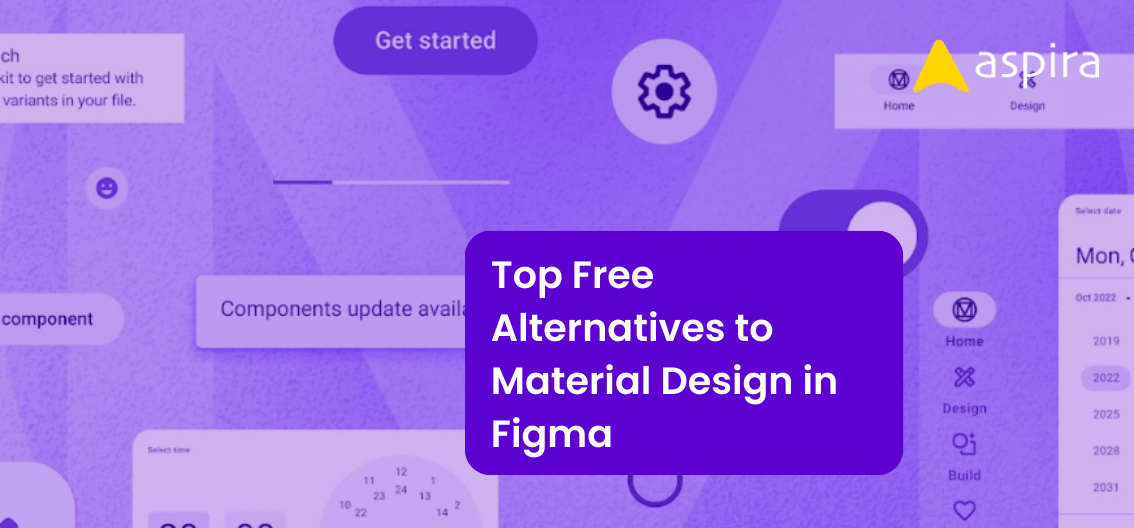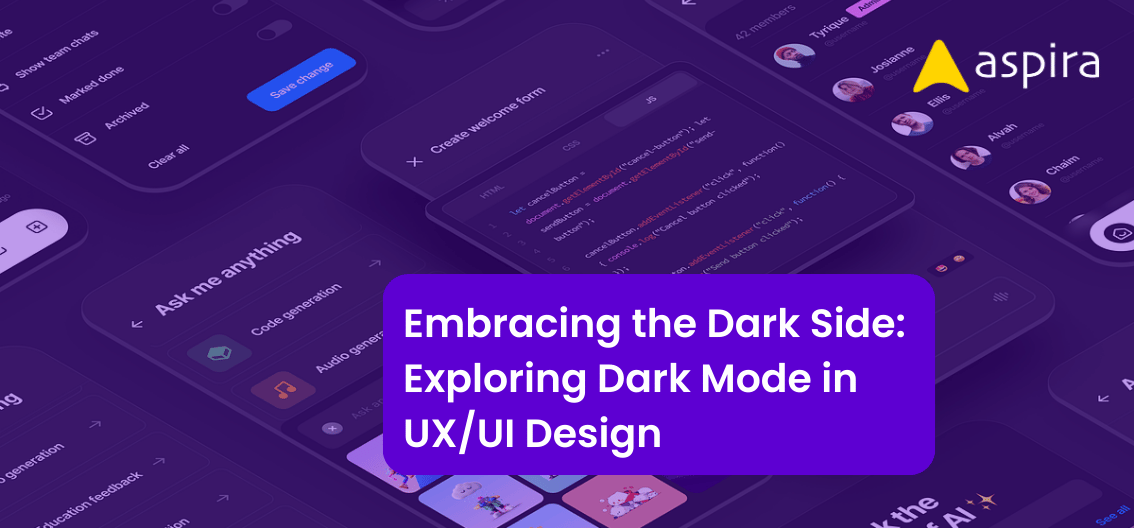UX Design - Mentor & Author.
18 Oct, 2023

In recent years, the field of UX design has experienced remarkable growth, with numerous individuals successfully establishing themselves as UX designers. This rapid interest has inspired many individuals from various backgrounds to consider transitioning into the field of UX design. However, this career change is not without its challenges, as many encounter difficulties during the transition. In this article, we’ll discuss challenges when switching to UX design from other fields and share tips to conquer them.
Lack of Proper Learning
Many individuals considering a career switching to UX design often turn to self-learning methods, such as YouTube videos, online tutorials, and blog articles. Self-learning is useful for gaining skills, but it might lack the structured education needed for a successful move into UX design. Common issues with self-learning are lack of self-guidance and inconsistency

Overcoming this challenge: The best way to ensure a solid foundation in UX design is to enroll in a reputable design school or pursue a master’s degree in the field. However, for those unable to commit to a full degree program, joining a design school or specialized UX design course can be an effective alternative. These programs offer structured curriculum and mentorship, helping career switchers gain the knowledge and skills they need to thrive in the UX design field.
Mastering Design Tools
For many career switchers, mastering design tools can be a daunting task. It’s common for newcomers to feel overwhelmed by the plethora of design software available, such as Figma, Sketch, and more. However, the truth is that focusing on mastering just one design tool can be sufficient.
Overcoming this challenge: Rather than attempting to learn multiple design tools simultaneously, concentrate your efforts on one key tool, such as Figma. Here’s why this approach can be advantageous:
Deep Knowledge: Specializing in one tool allows you to develop a deep understanding of its capabilities and features, which can significantly enhance your proficiency.
Efficiency: By becoming proficient in a single tool, you can work more efficiently and effectively, as you won’t waste time switching between different software.
Consistency: Using a single tool can help maintain consistency in your design work, ensuring a cohesive and polished outcome.
Building a Portfolio
Building a strong portfolio is crucial for landing a job in UX design. However, many career switchers struggle to create an appealing portfolio because they lack real-world experience. They often choose projects that don’t effectively solve user problems. Additionally, starting a portfolio from scratch can be overwhelming and time-consuming.
https://www.youtube.com/watch?v=_eBzvrCzxFc
Overcoming this challenge:
Focus on Real User Problems: Select projects that genuinely solve user problems. This demonstrates your user-centered design approach.
Begin with Redesigns: Start with redesign projects to get comfortable with design tools and processes before tackling complex projects.
Show Your Process: Highlight your design process in your portfolio, including research, wireframing, prototyping, and testing.
Seek Feedback: Get feedback from peers or mentors to improve your portfolio continually.
Finding Your First UX Design Job
Getting your first job in UX design as a career changer can feel challenging. Employers might wonder why you switched careers or why you chose UX design. To overcome this, have a compelling reason for your career change and showcase yourself as an experienced professional through practice and a strong portfolio.

Overcoming this challenge:
Have a Clear Reason: Make sure you have a clear and convincing explanation for why you switched to UX design. Share your passion for the field and your dedication to solving user problems. Your enthusiasm will make an impact on potential employers.
Show Your Skills: Practice a lot, work on design case studies, and document your design process. By presenting yourself as a capable designer, no matter your previous career, you’ll earn the trust of potential employers. Show real interest in UX design, practice, and create well-documented case studies. This helps employers see your potential, making it easier to transition into the field, regardless of your prior work experience.
Age Gap
One common misconception among career switchers is the belief that switching to UX design guarantees a job opportunity, regardless of their age. It’s essential to recognize that age can play a role in career transitions, especially if you are in your late twenties or have entered your thirties.
Overcoming this challenge:
Consider Part-Time or Side Hustle: If you feel that a full-time transition into UX design might be challenging due to your age or existing career, consider making UX design your side hustle. This allows you to continue your current job while gradually building your skills and portfolio in UX design.
Freelancing Opportunities: Explore freelancing opportunities in UX design. Freelancing allows you to work on projects independently, providing flexibility in terms of work hours and career transition pace.
Continuous Learning: Keep learning and honing your UX design skills. Age should not be a barrier to acquiring new skills and knowledge. Stay updated with industry trends and continue building your expertise in UX design. Remember that age should not deter you from pursuing a career switch if you are truly passionate about UX design. By adapting your approach to your circumstances and considering part-time options or freelancing. You can still work towards your goal of becoming a UX designer, even if you are in your late twenties or beyond.
Conclusion
Transitioning to a career in UX design might seem like a daunting task, accompanied by various challenges. However, with dedication, hard work, and a passion for solving user problems, these challenges need not appear overwhelming. If you’re considering a switching to UX design, ensure you follow the steps we’ve discussed above. Transform each challenge into an opportunity for growth, and remember that continuous learning and practice are key in the field of UX design. By embracing these principles and staying committed to honing your UX skills, you’ll undoubtedly progress towards your dream career destination.


